Lynne Cohen (1944, Racine, Wisconsin–2014, Montreal)
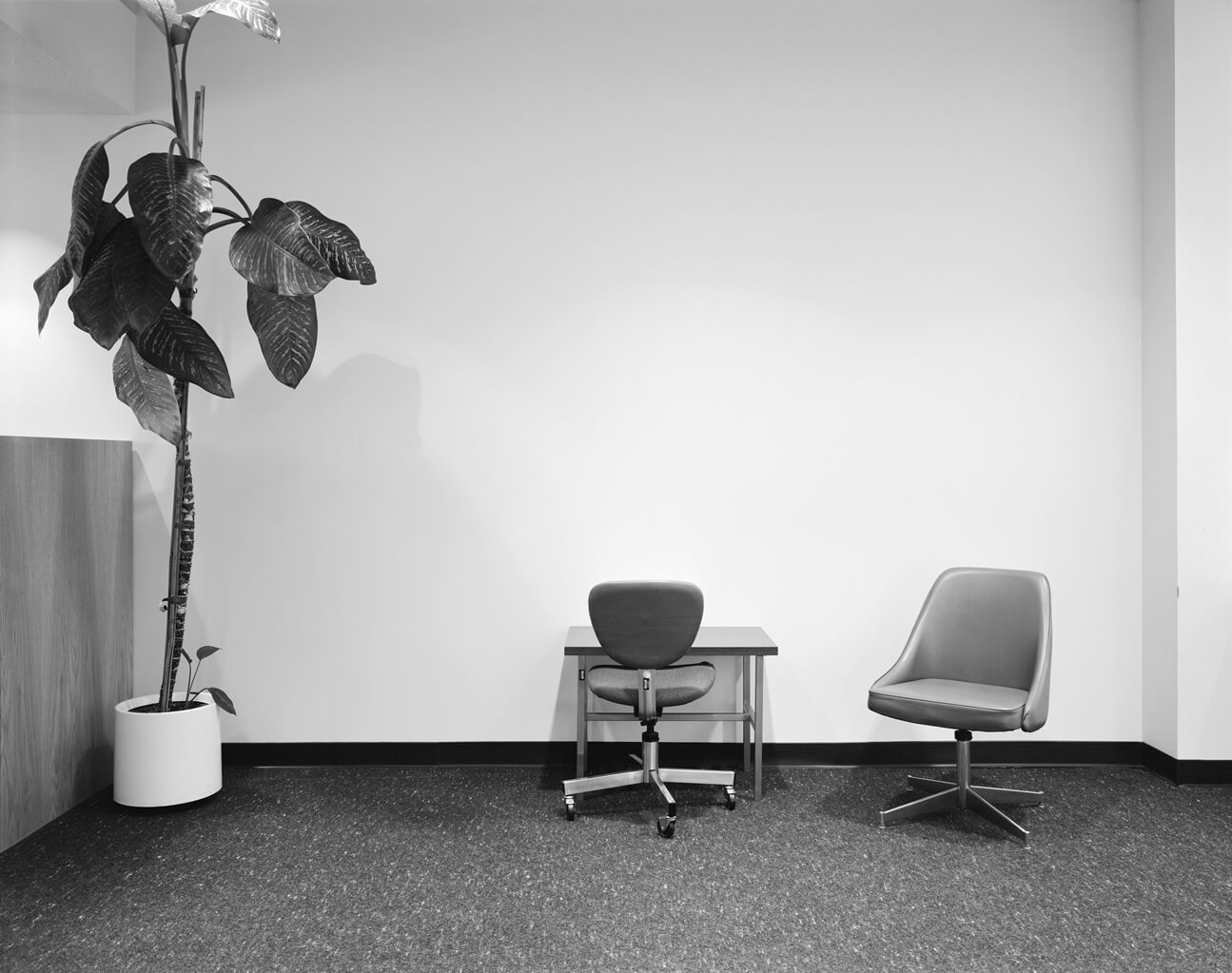
Government Employment Office, Ottawa, Ontario, 1977
Gelatin silver print, 38 x 38 cm; image: 19.5 x 24.4 cm
CMCP Collection, National Gallery of Canada, Ottawa
Over the course of her artistic career, Lynne Cohen (1944–2014) developed an international reputation for her striking black and white photographs of interior spaces stripped of human presence. A stark example of that approach, Government Employment Office, Ottawa, Ontario renders its subject like a minimalist theatre set. This work is part of one of her most important projects, a series titled Occupied Territory, which Cohen worked on from 1973 until about 1989. With clinical accuracy and flat lighting, she photographed living rooms, swimming pools, and less-frequently-seen interiors, such as laboratories and offices, inviting viewers to look at these spaces anew and consider how they shape us.
Originally from Wisconsin, Cohen spent a year at the Slade School of Art in London and earned her MFA from Eastern Michigan University, working mostly in sculpture and printmaking before turning to photography in 1971. A year after arriving in Canada, Cohen began to teach photography at the University of Ottawa, a post she held from 1974 until 2005.
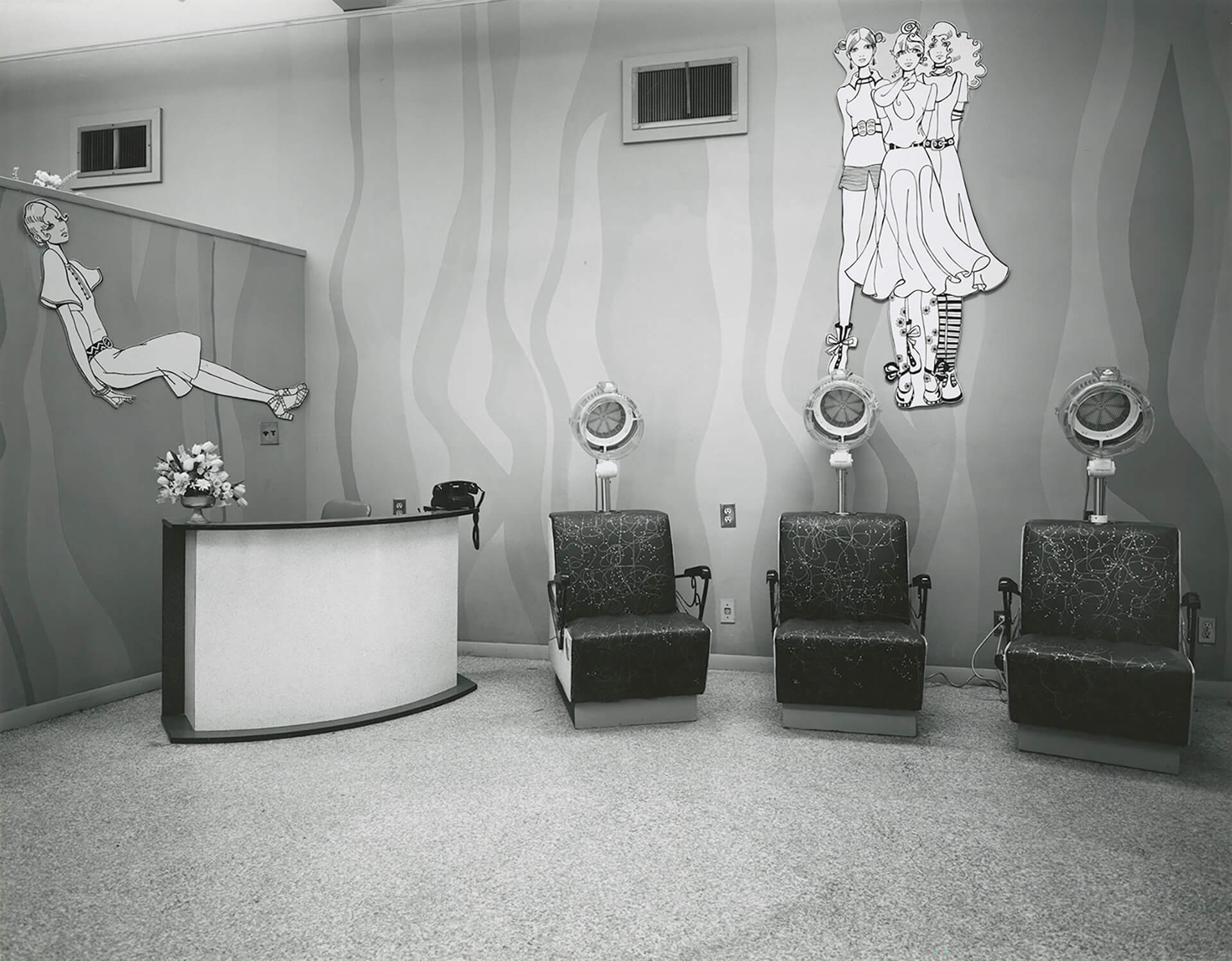
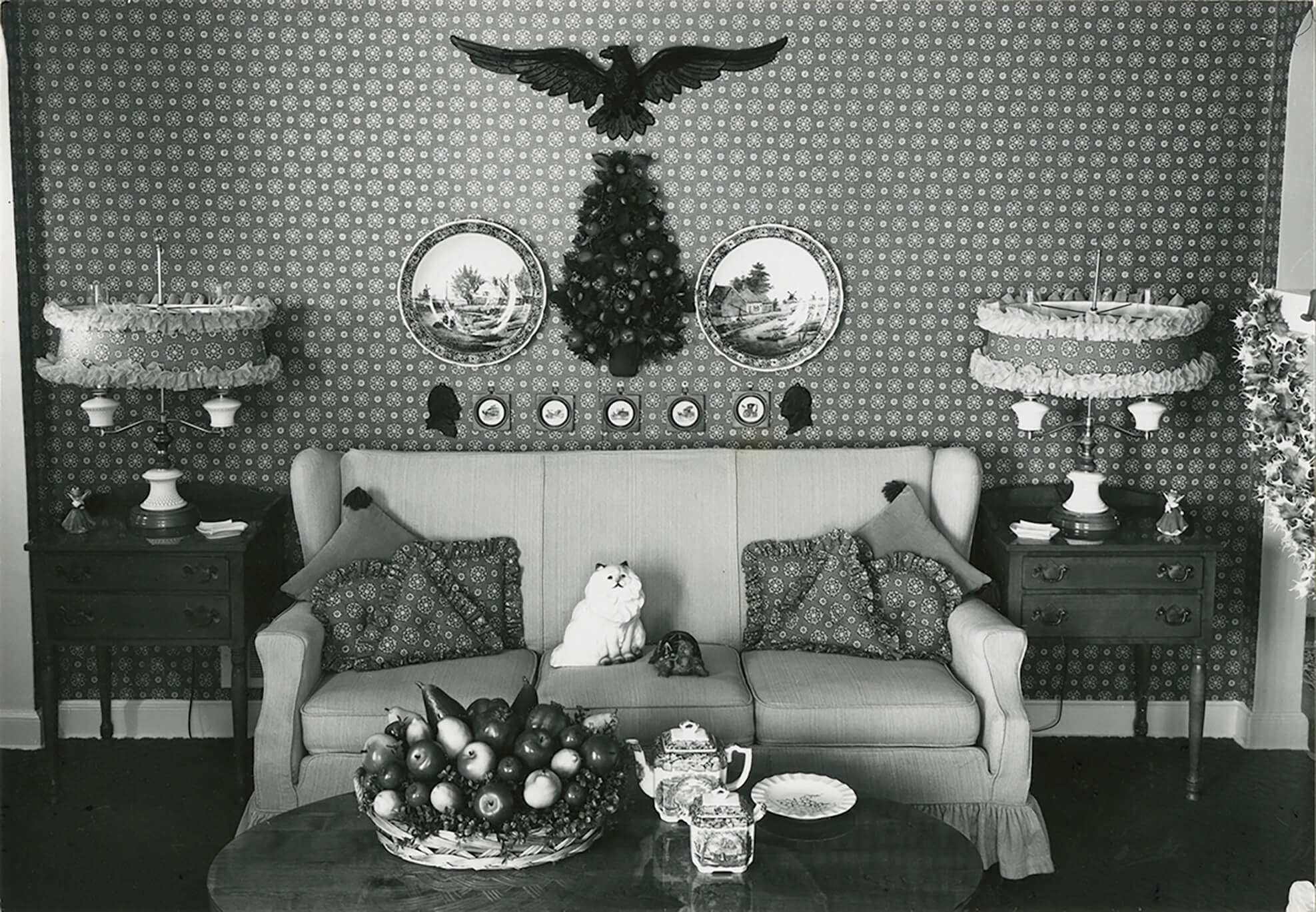
The series Occupied Territory was published as a monograph in 1987 by New York–based photography journal Aperture with a foreword by musician David Byrne, a founding member of the rock band Talking Heads, and an essay that analyzes the subtle humour of Cohen’s photographs. Although this concerted study of spaces remained consistent through Cohen’s career, she later began to work in colour and to increase the scale of her photographs as her focus shifted more toward military installations, spas, and educational spaces.

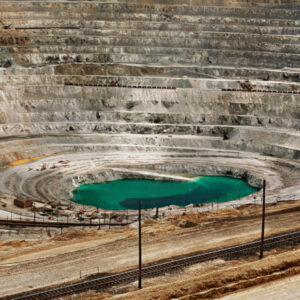 About the Authors
About the Authors
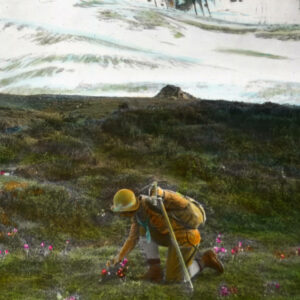 More Online Art Books
More Online Art Books
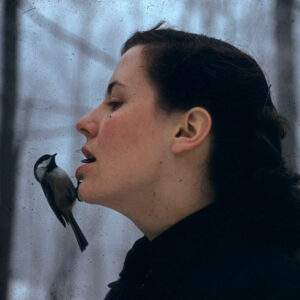 Acknowledgements
Acknowledgements